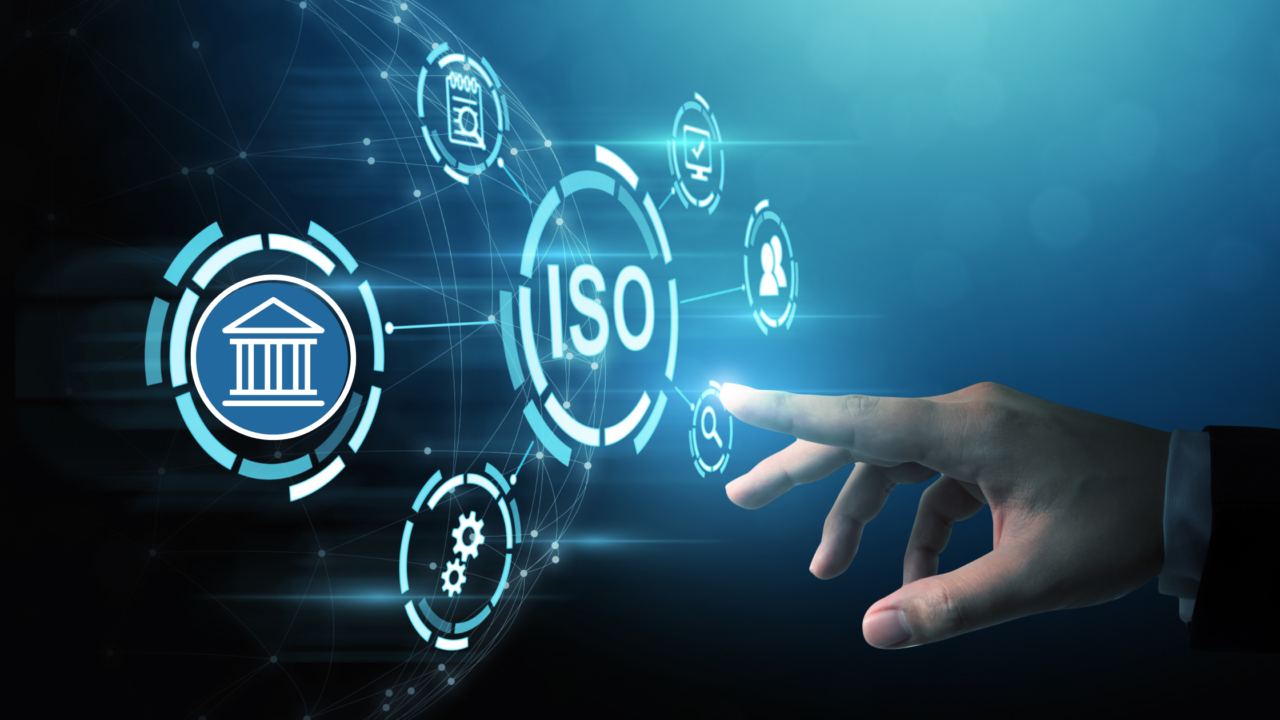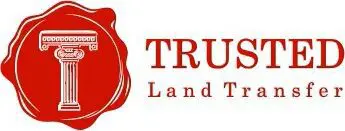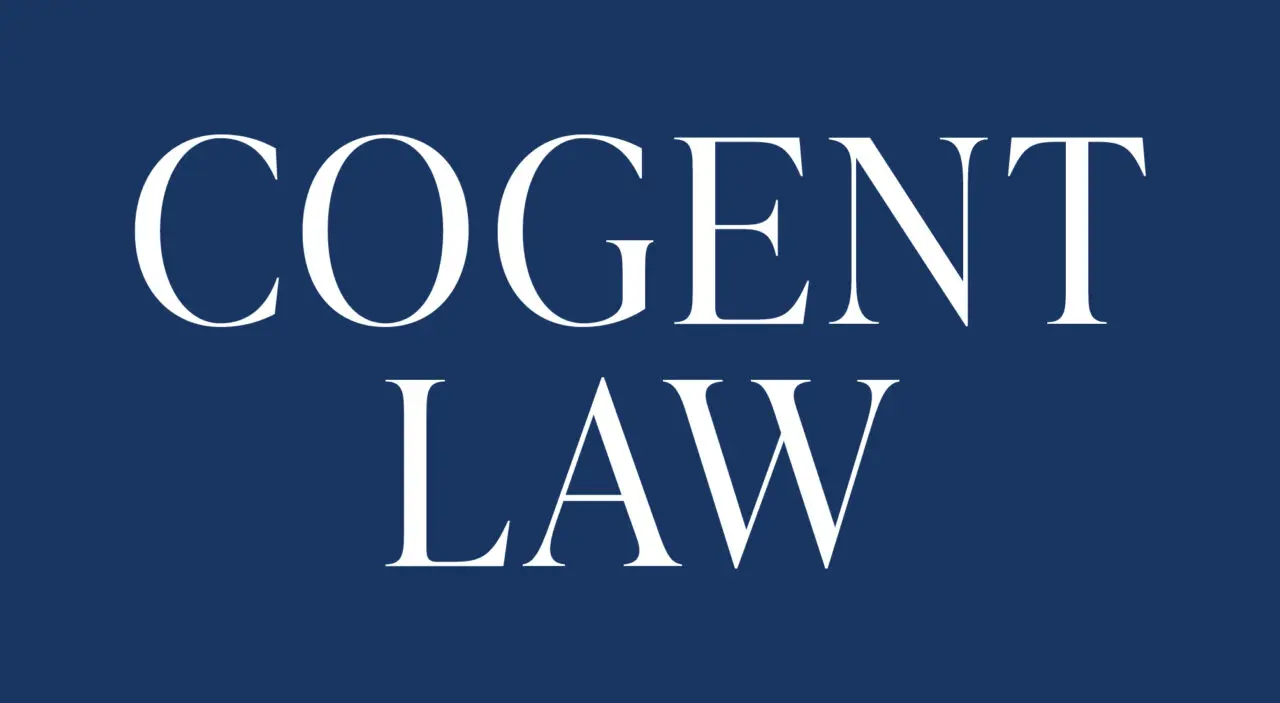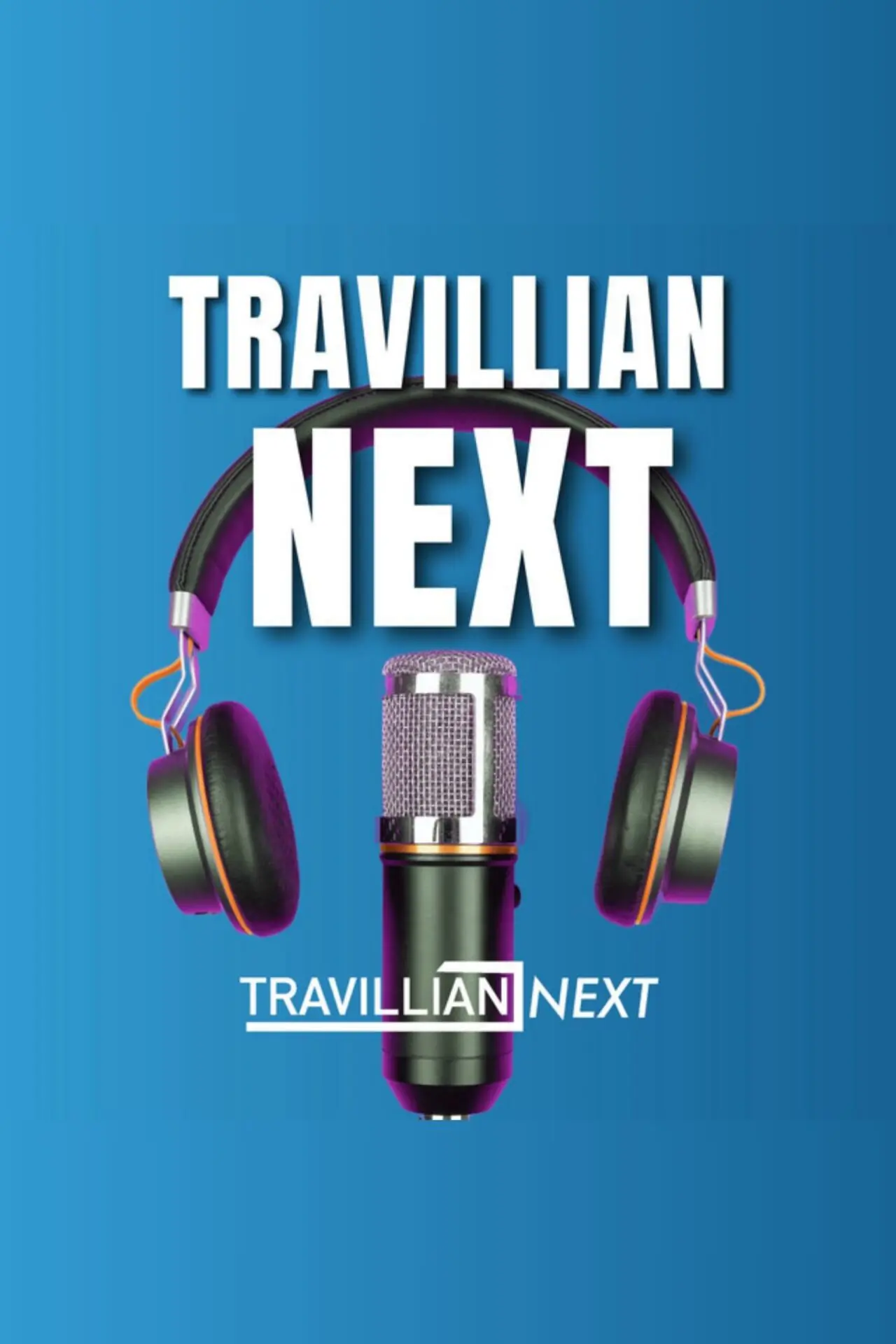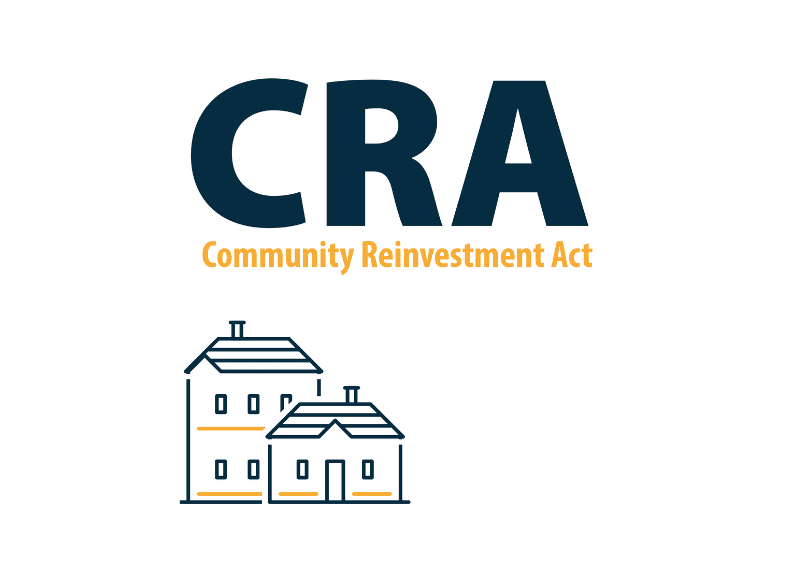The worldwide banking industry is on the cusp of a significant transformation with the impending adoption of ISO 20022, a global standard for financial messaging. This transition, now scheduled for July 14, 2025, affects not only financial institutions but also bank customers.
ISO 20022: Key Operational Risk Areas for Banks
The banking industry migration to ISO 20022, as assessed by fintech firm Mozrt, introduces several operational risks that U.S. financial institutions must address. The summary below serves as a review to help further educate bank board members to the potential pitfalls a financial institution may encounter in it’s future:
1. System Integration Challenges
Upgrading legacy systems to accommodate the new standard can be complex and resource intensive. Inadequate integration may lead to processing errors or system downtimes, disrupting services.
2. Data Management Issues
The richer data sets require robust data management strategies. Failure to accurately process and store this information can compromise data integrity and regulatory compliance.
3. Staff Training and Adaptation
Ensuring that staff are well-trained to handle the new system is crucial. Missteps due to unfamiliarity with ISO 20022 can result in operational inefficiencies and errors.
4. Customer Communication
Miscommunication or lack of information provided to customers about the changes can lead to confusion, increased inquiries, and potential loss of trust.
Impact on Bank Customers
The shift to ISO 20022 is poised to enhance the overall banking experience, reports OpenText. The enriched data structure of ISO 20022 messages allows for more detailed information to accompany transactions. This means customers can expect improved transparency and efficiency in payment processing. For instance, businesses will benefit from more straightforward reconciliation processes due to the inclusion of comprehensive remittance information with each payment.
This transition, according to Abeam Consulting, may require customers, especially corporate clients, to update their systems to align with the new messaging standards. This could involve modifying file formats and adapting to new data fields and code values. Financial institutions should proactively support their customers through this change by providing clear specifications, instructional materials, and dedicated support channels.
Best Practices for Communicating New Procedures to Customers
The transition to ISO 20022 introduces significant changes that will impact bank customers, particularly in terms of the information required for transactions. To facilitate a smooth adaptation, bank personnel should proactively address customer concerns through targeted education and support strategies.
Customer Concerns
Customers may be apprehensive about the additional data requirements and the potential complexity introduced by ISO 20022. For instance, they might need to provide more detailed information, such as complete address details, to meet the new data field requirements. This necessitates clear communication to prevent confusion and ensure compliance.
Strategies for Bank Personnel
The ABA Banking Journal offers several initiatives that banks can offer to smooth the transition:
- Educational Initiatives: Develop comprehensive educational materials that explain the changes brought about by ISO 20022. This can include webinars, workshops, and detailed guides that outline new data requirements and the benefits of the transition. Providing practical examples will help demystify the process for customers.
- Personalized Communication: Engage with customers directly to discuss how the changes will specifically affect their transactions. Tailored communication can address individual concerns and provide relevant information, fostering a sense of support and partnership.
- Dedicated Support Channels: Establish specialized support teams trained to handle ISO 20022-related inquiries. This ensures that customers have access to knowledgeable personnel who can assist with their specific needs and questions.
- Feedback Mechanisms: Implement channels for customers to provide feedback on the information and support they receive. This allows for continuous improvement of educational efforts and addresses any gaps in communication.
Specific Points of Education
Whatever form banks’ educational outreaches take, industry experts recommend they highlight the following:
- Detailed Data Requirements: Inform customers about the necessity for more granular information in payment instructions, such as complete sender and receiver details. Emphasize that accurate and complete data will facilitate smoother transactions and reduce the likelihood of delays.
- Benefits of ISO 20022: Highlight the advantages of the new standard, including enhanced transparency, improved security, and the potential for faster cross-border payments. Understanding these benefits can help banking customers appreciate the value of adapting to the changes.
- Timeline and Compliance: Clearly communicate the implementation timeline and any actions customers need to take to ensure compliance. Providing a roadmap can help customers prepare adequately and reduce last-minute complications.
By proactively educating customers and providing robust support, bank personnel can alleviate concerns associated with the ISO 20022 transition, ensuring a smoother experience for all stakeholders involved.
The Advancement of Efficiency
The adoption of ISO 20022 represents a significant advancement in the standardization and efficiency of financial transactions.
While the transition poses operational challenges, especially concerning system upgrades and data management, it also offers opportunities to enhance customer satisfaction and streamline operations. Board members can add value by proactively suggesting that addressing operational risks and effectively communicating with customers should be addressed. Financial institutions can navigate this change successfully and strengthen their positions in the evolving financial landscape.


